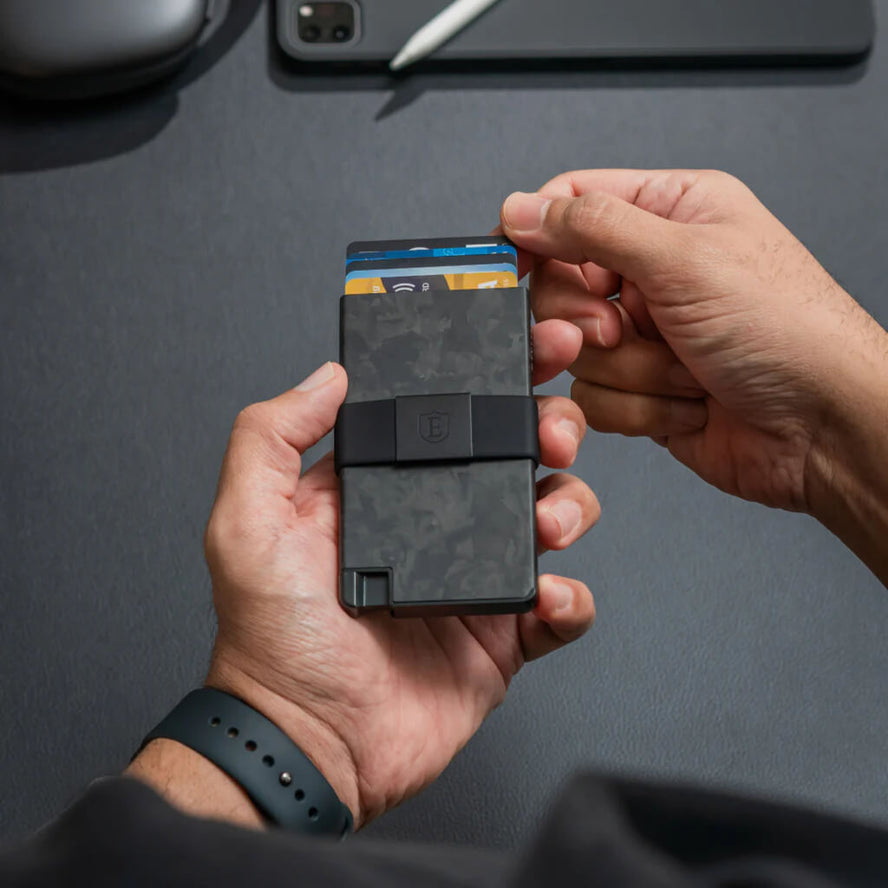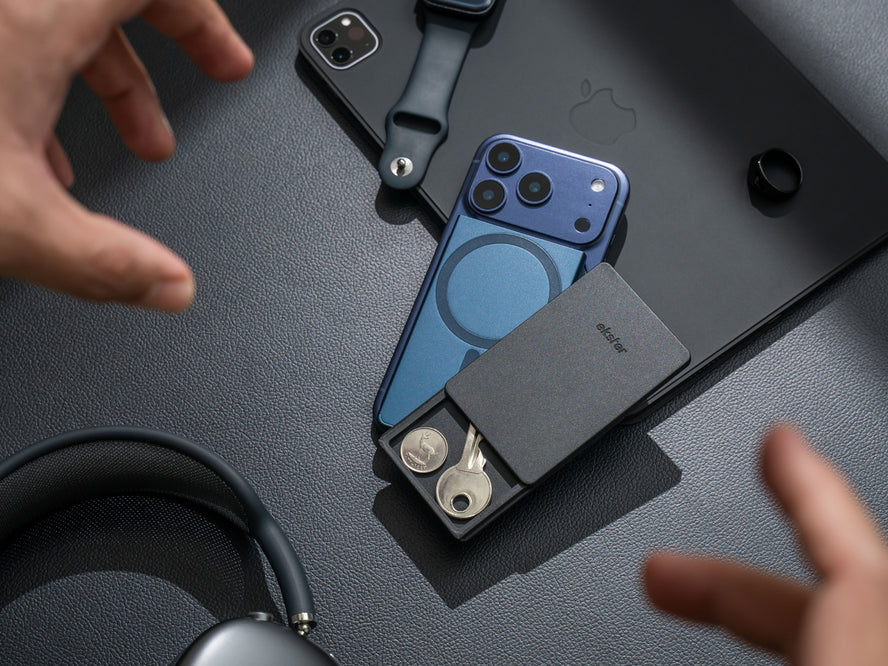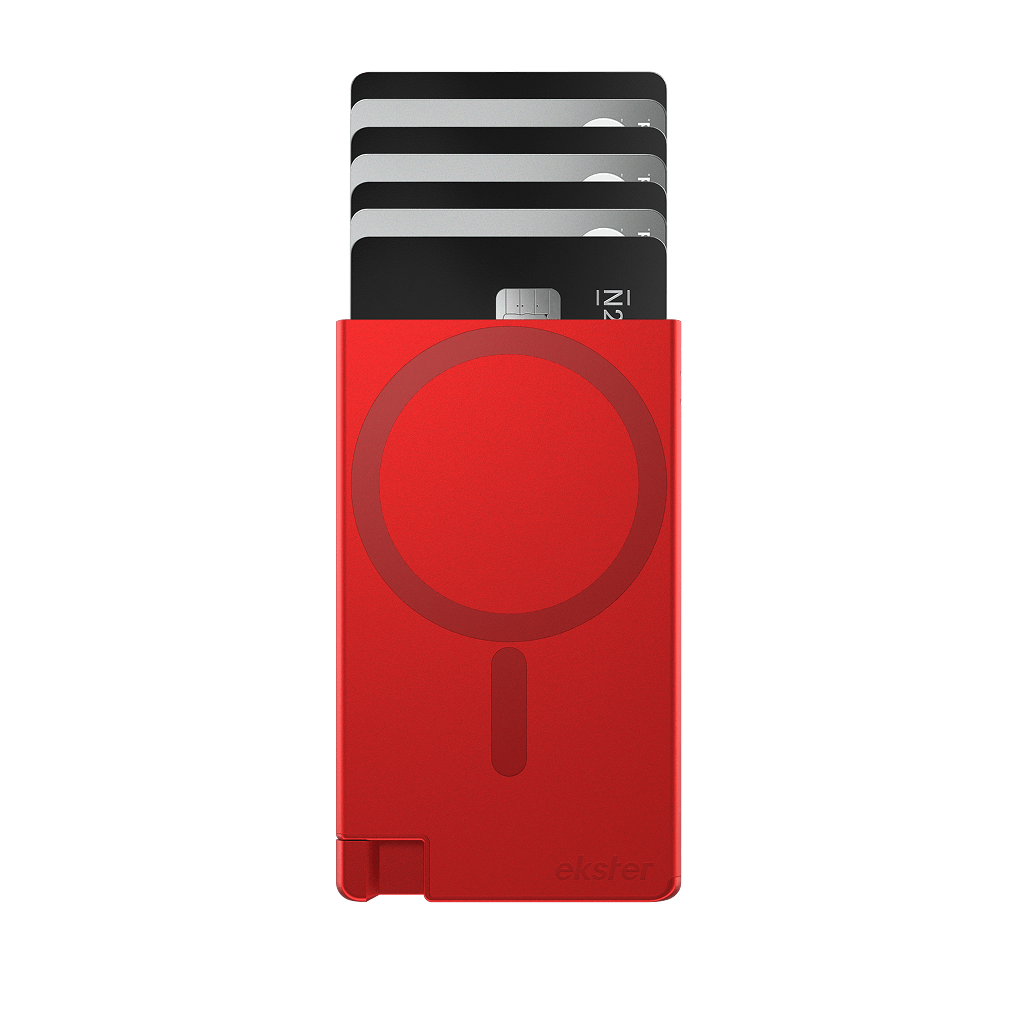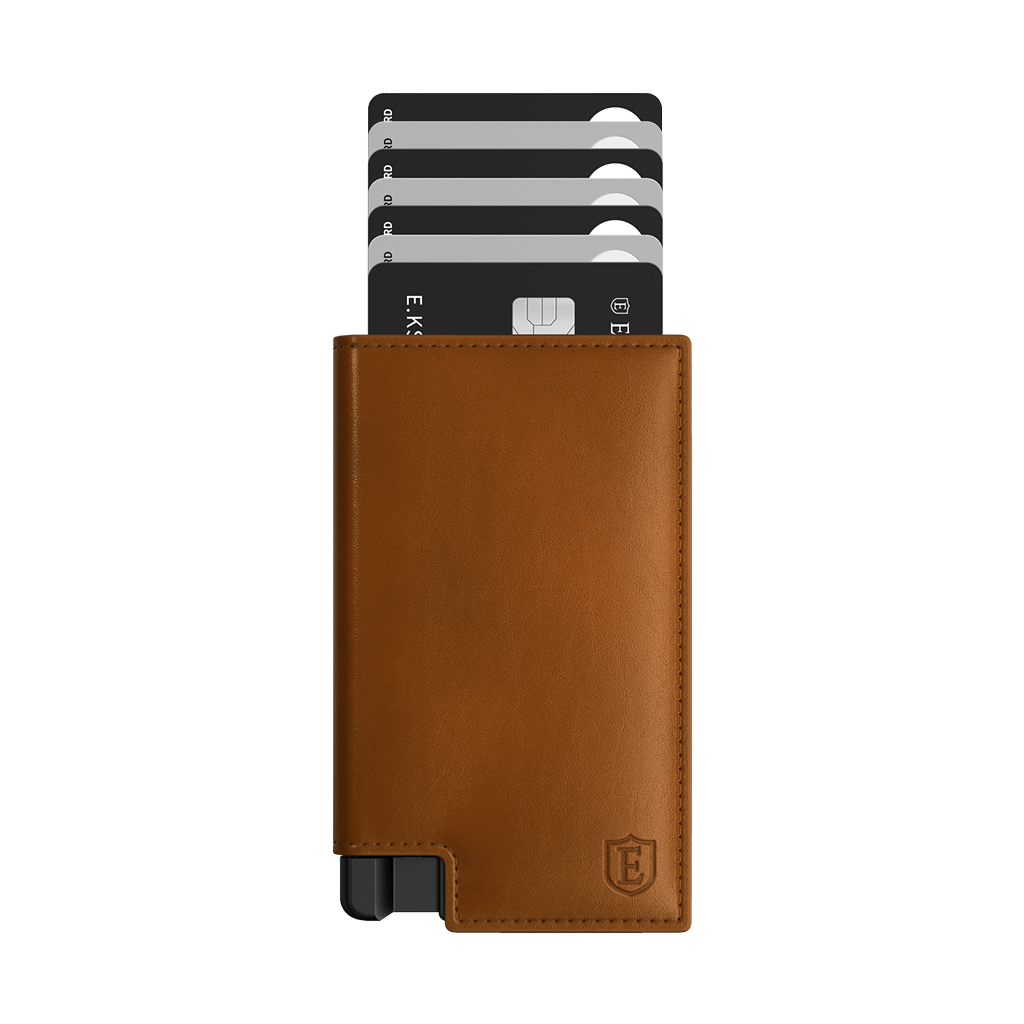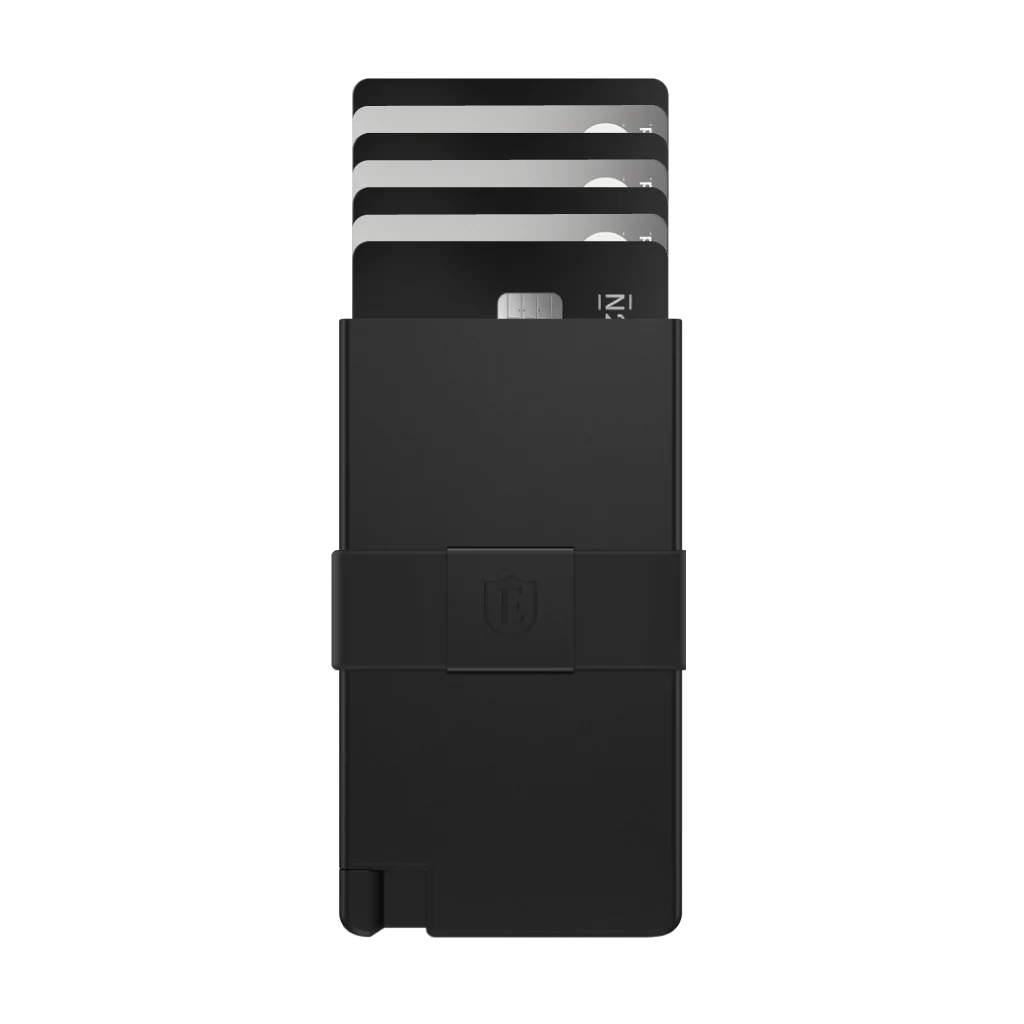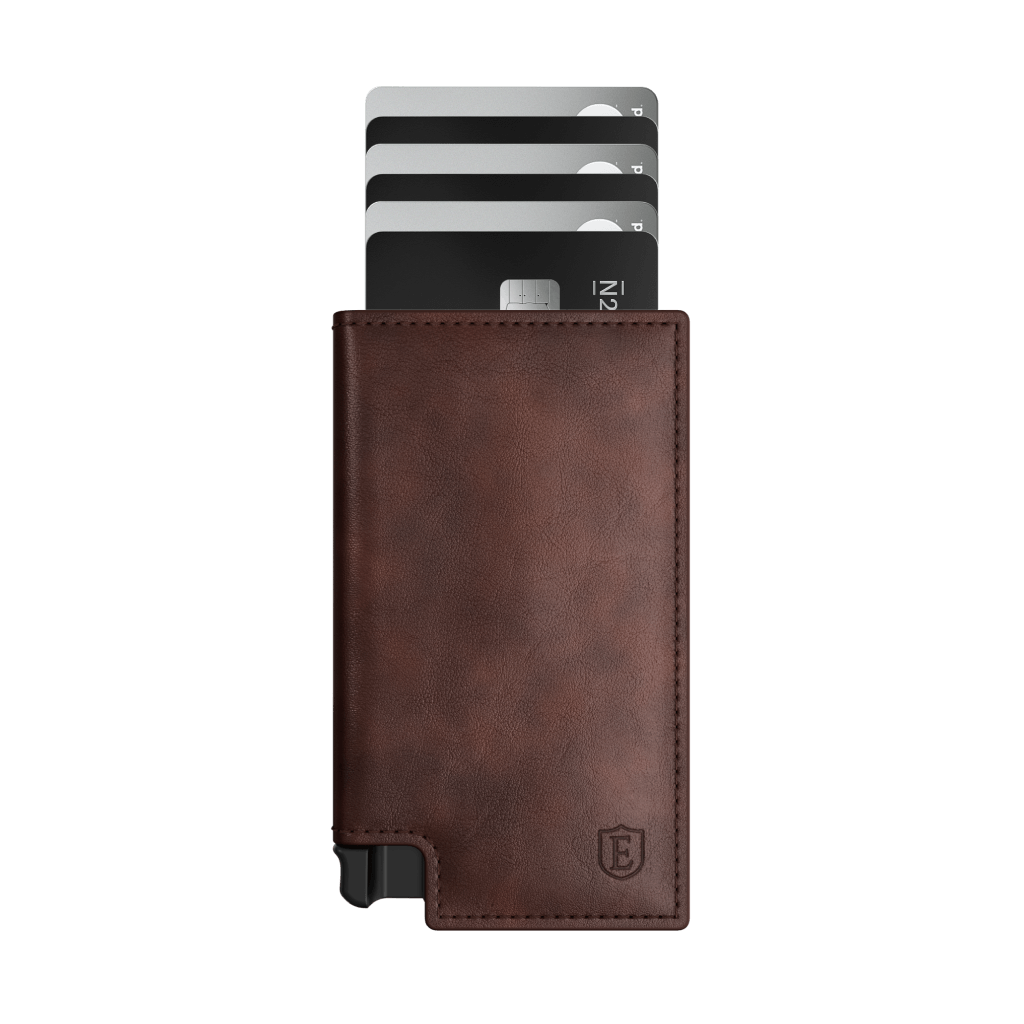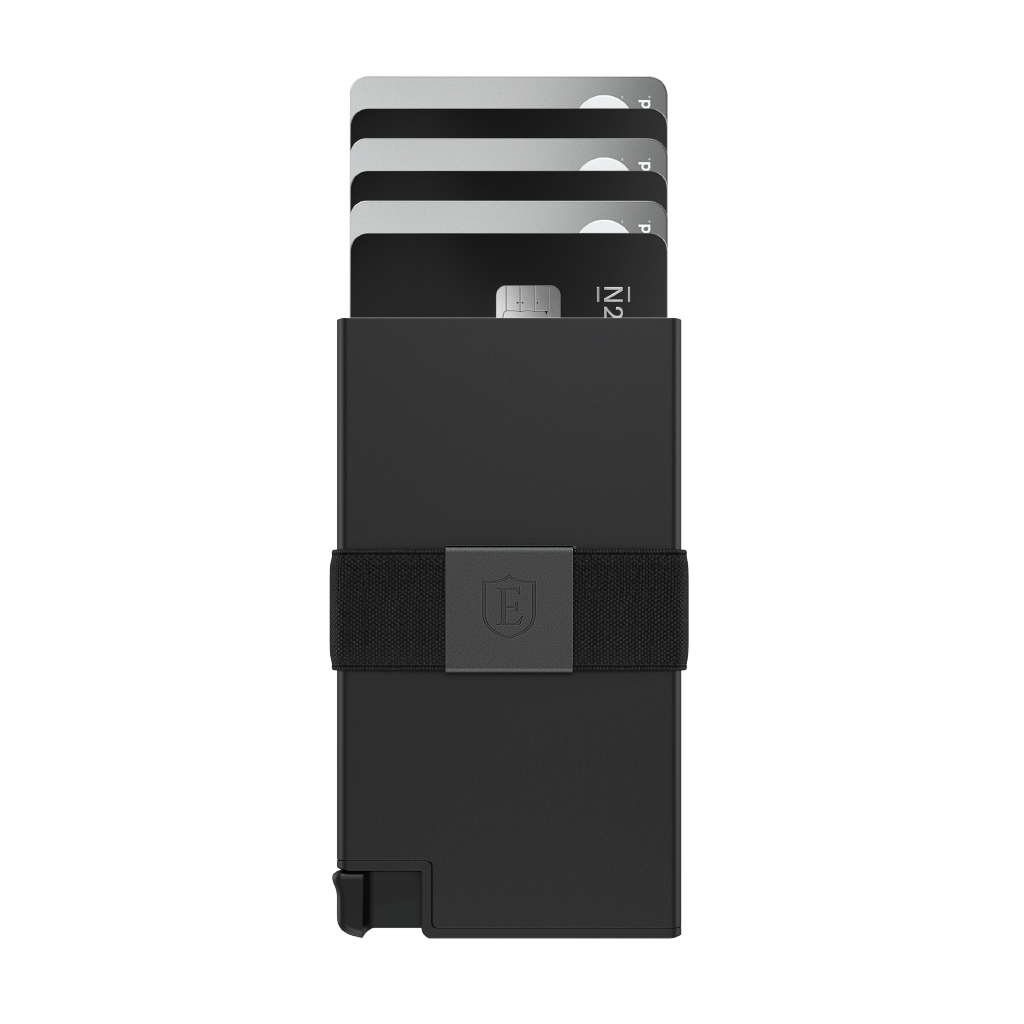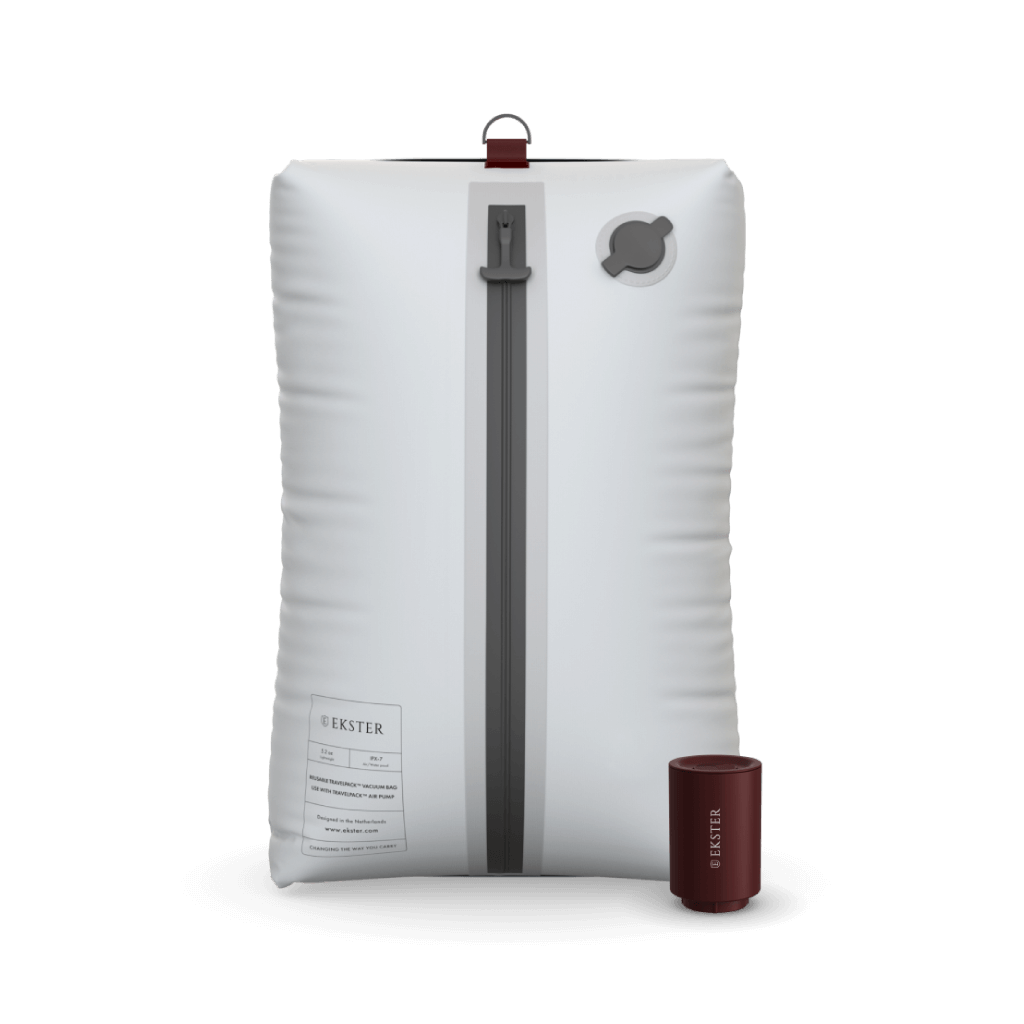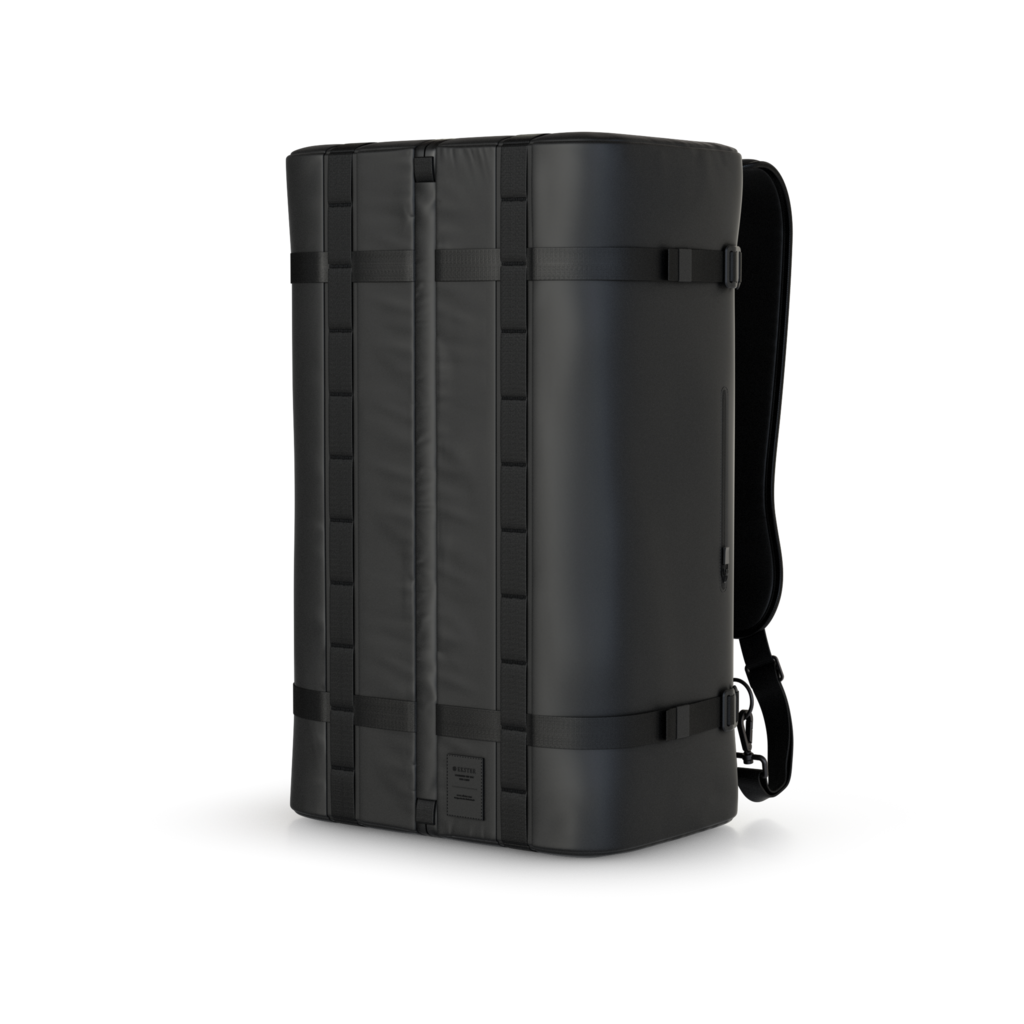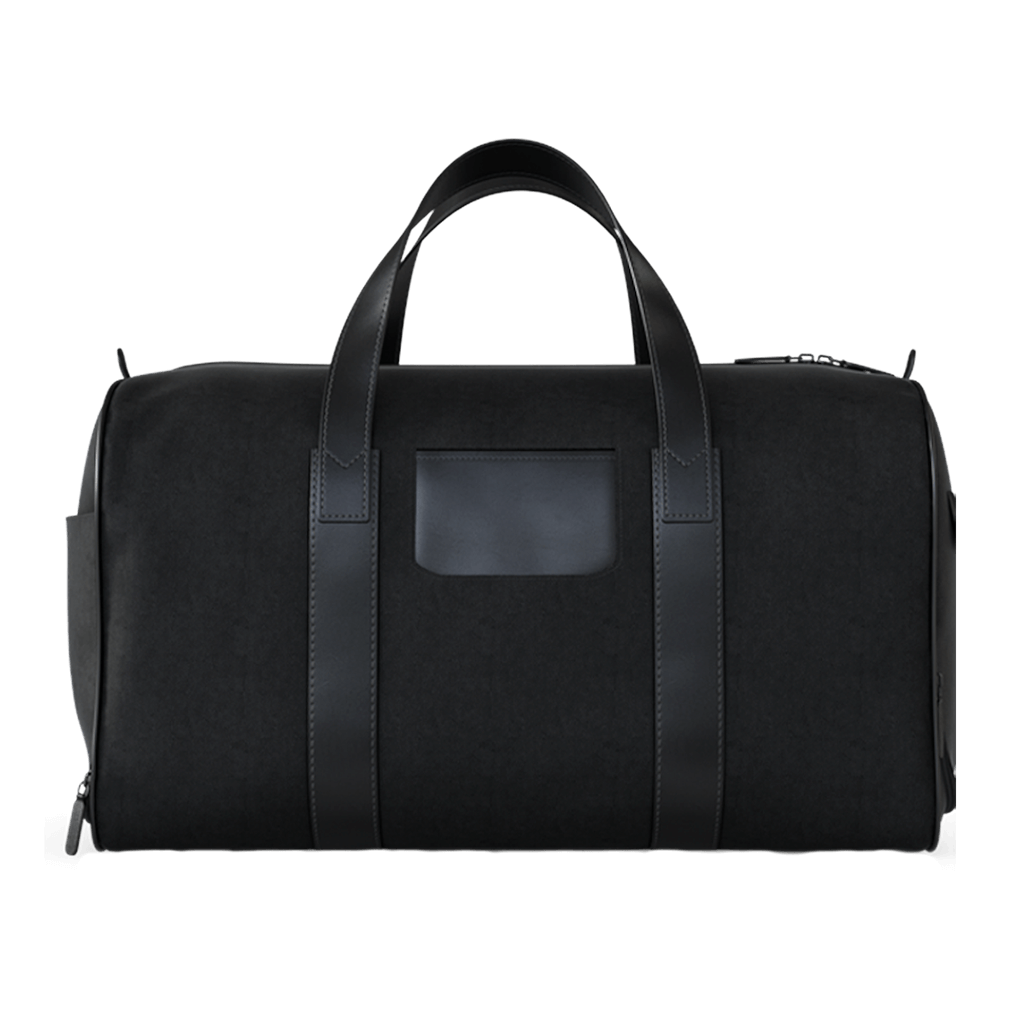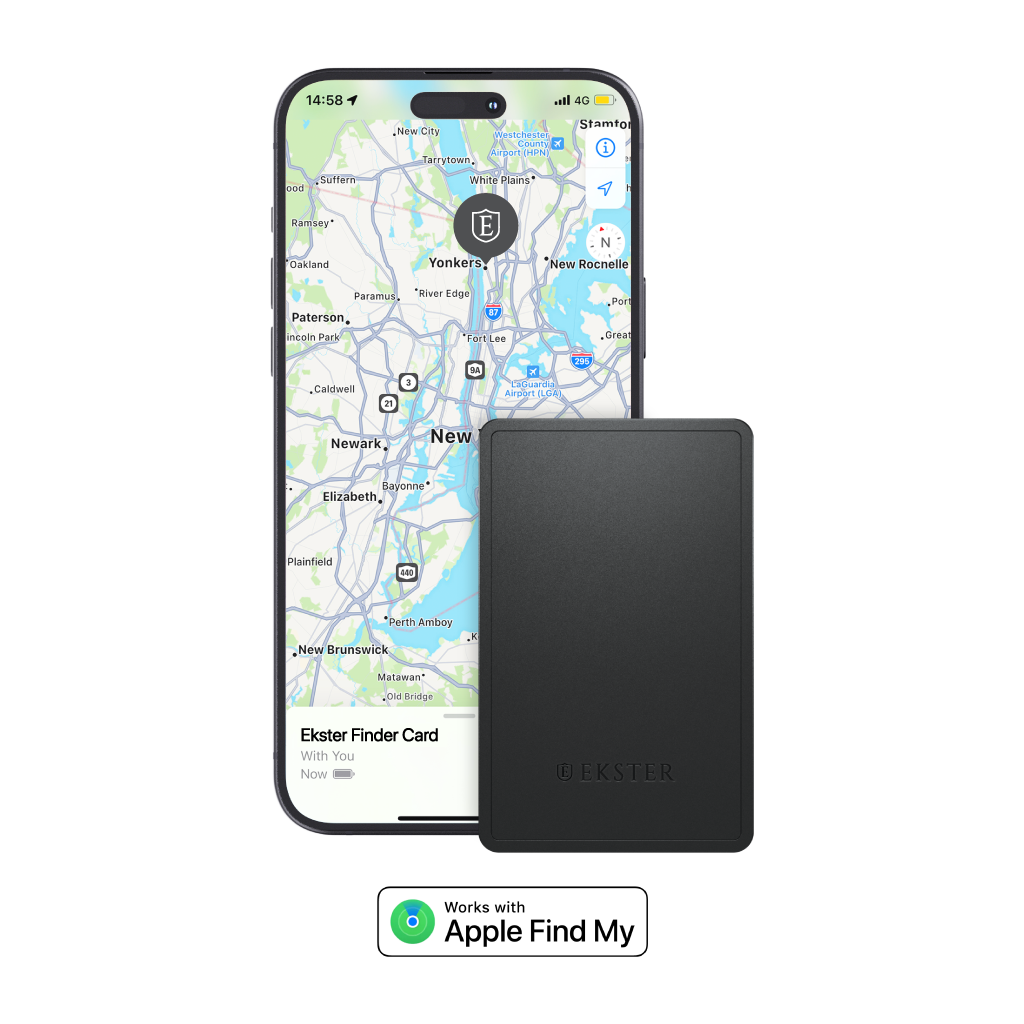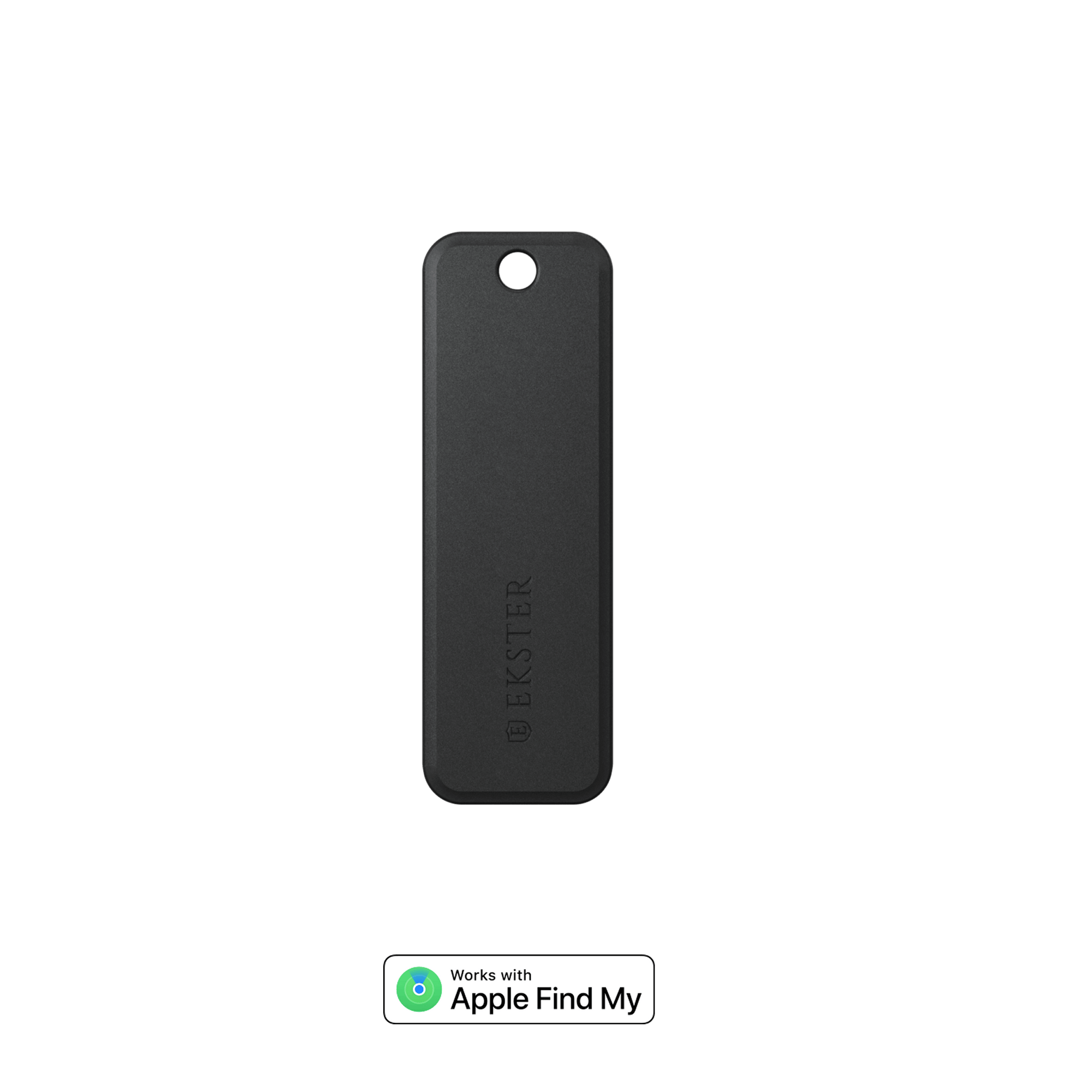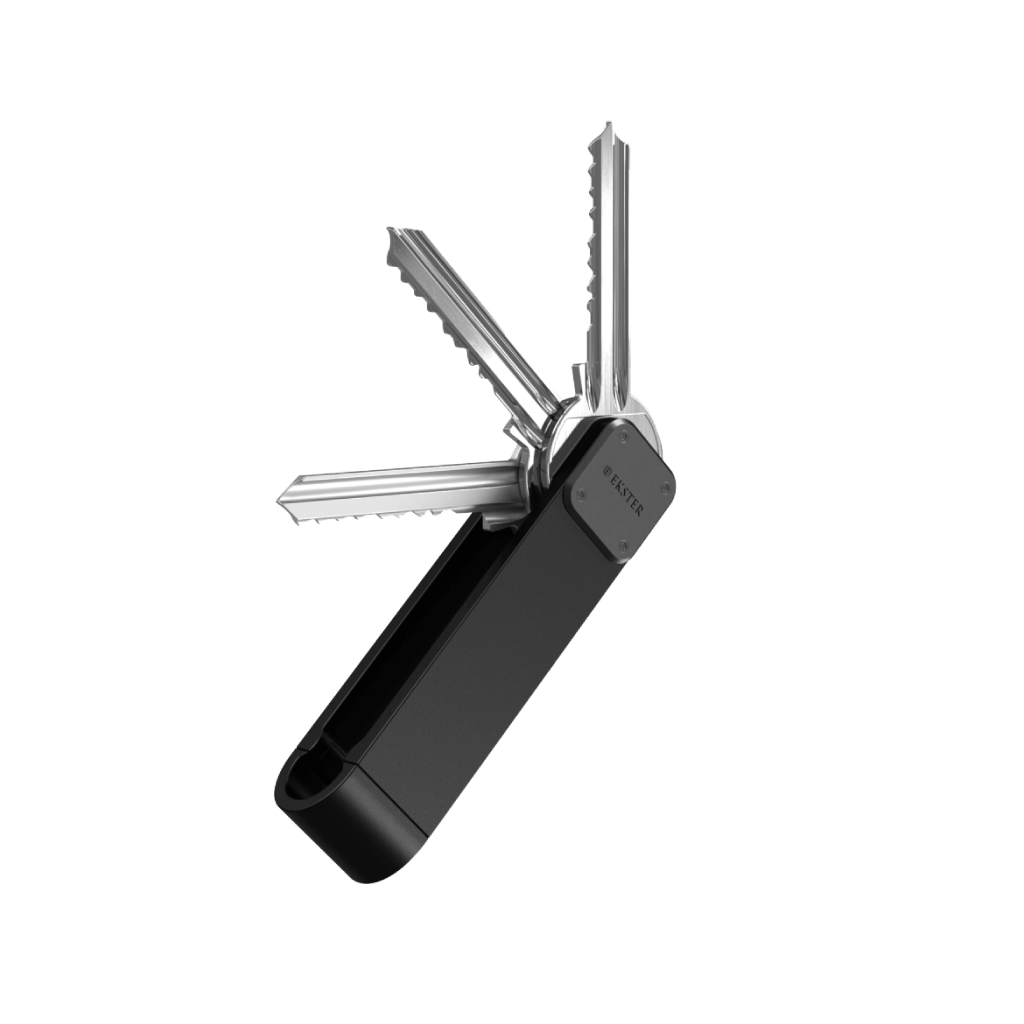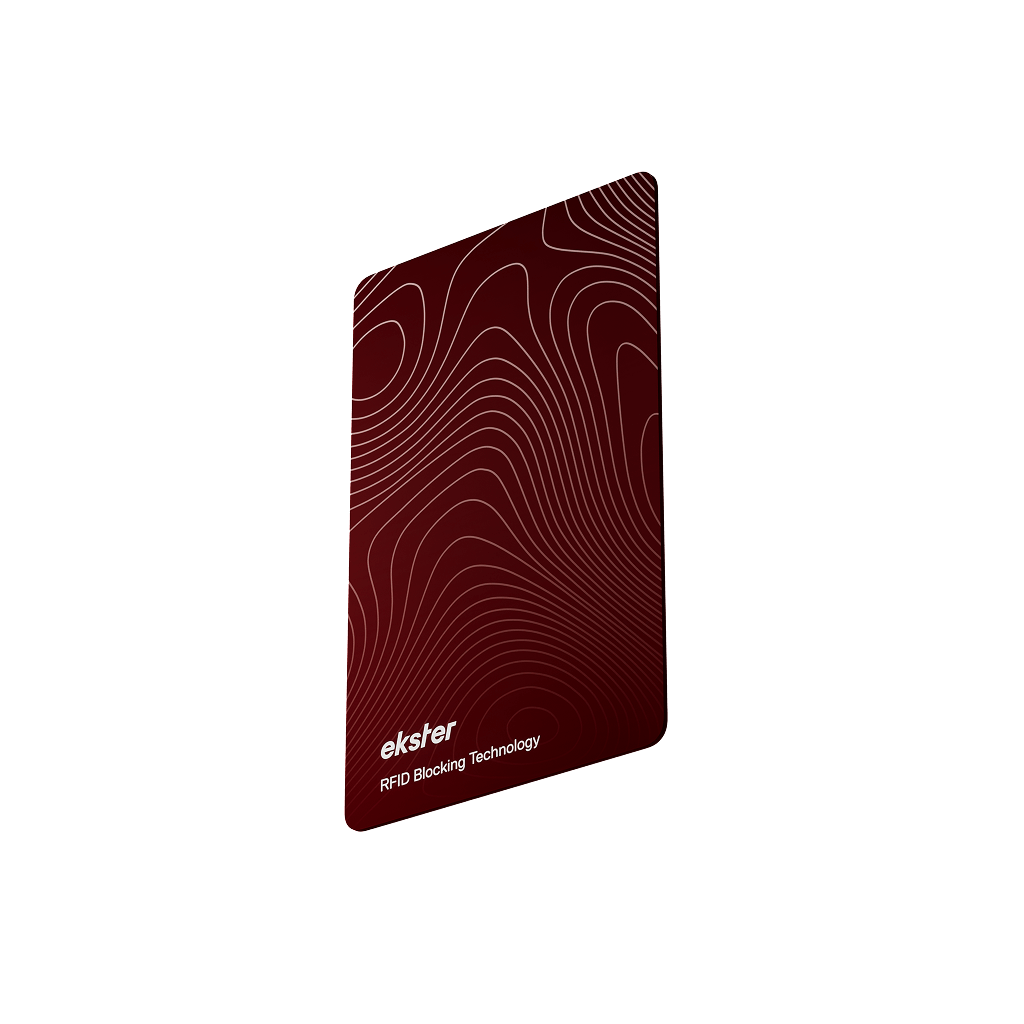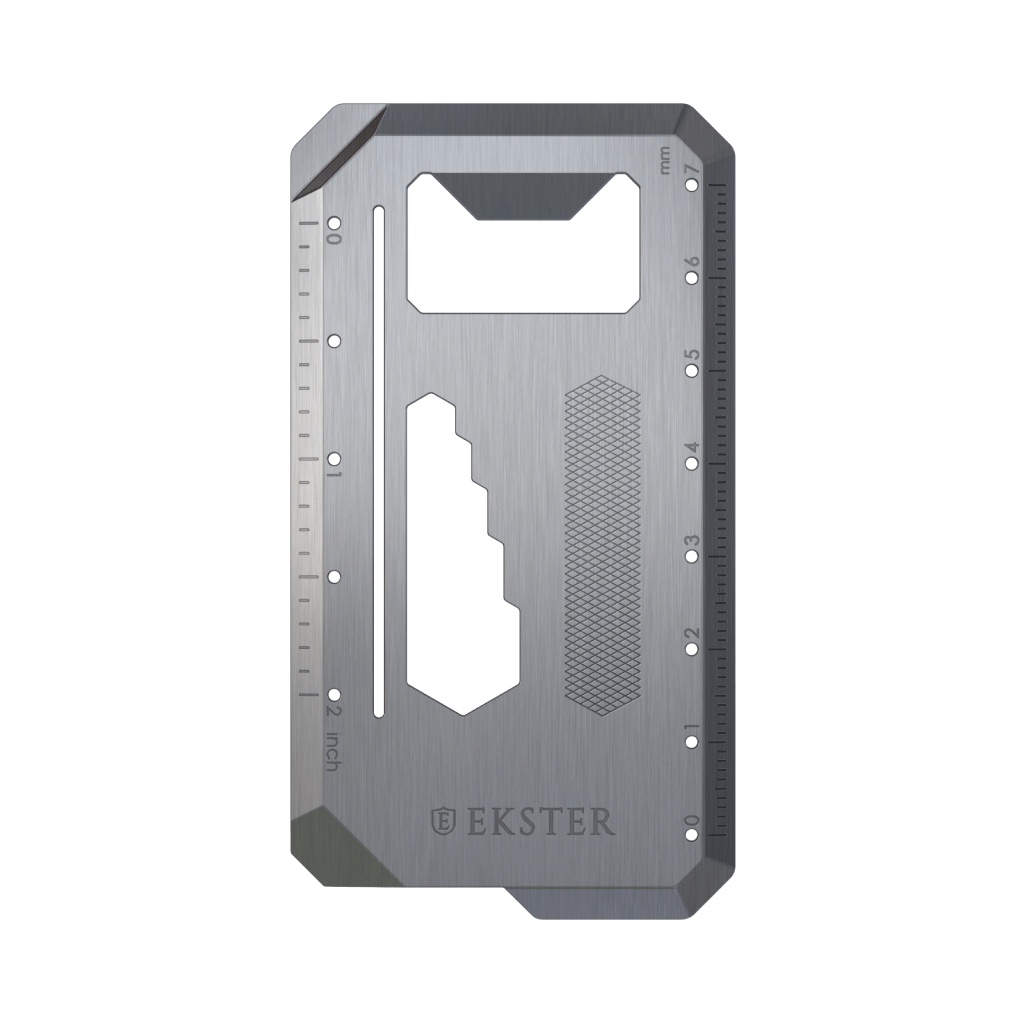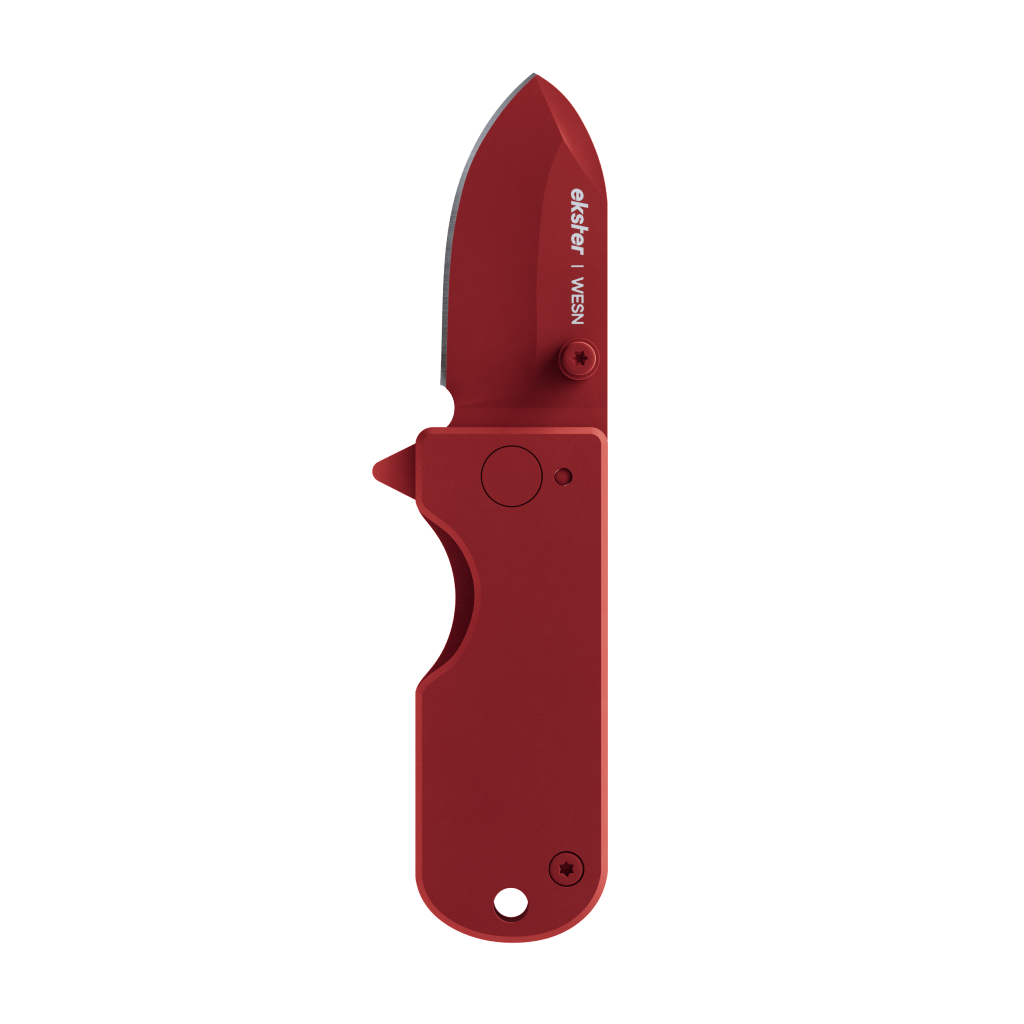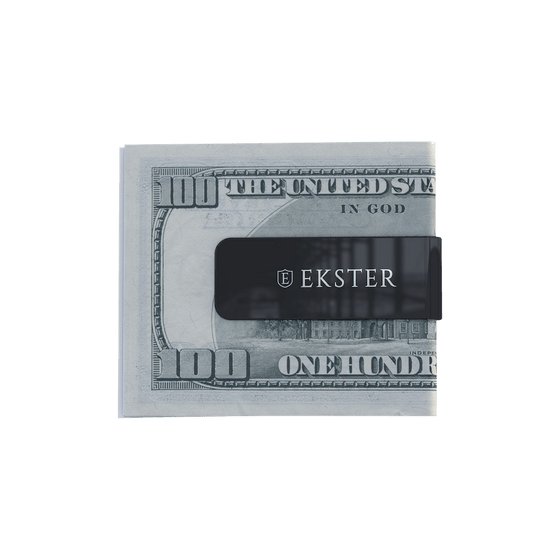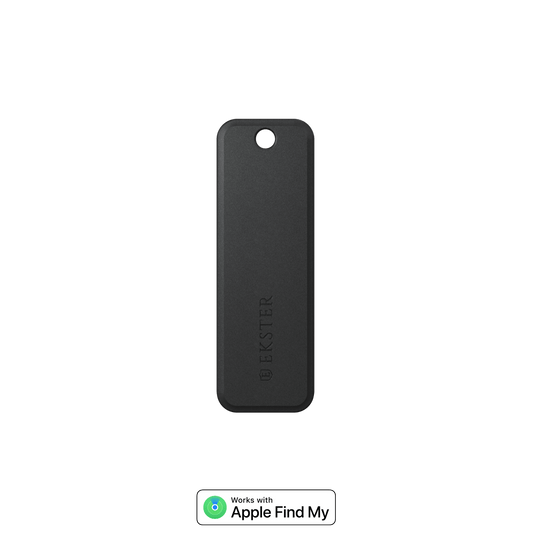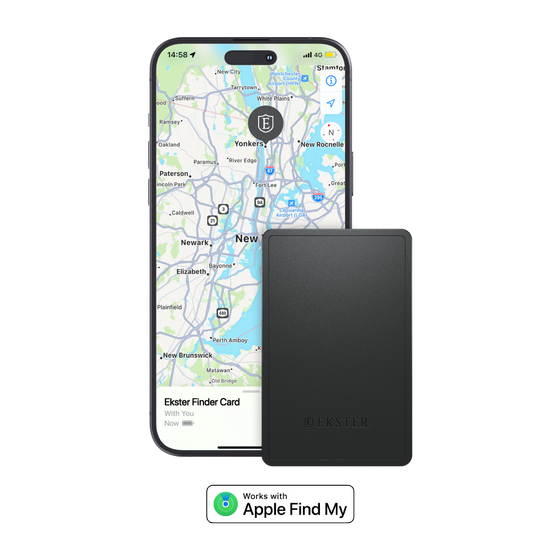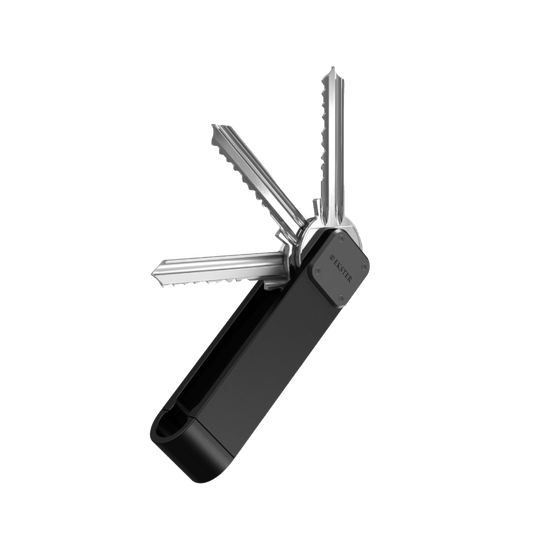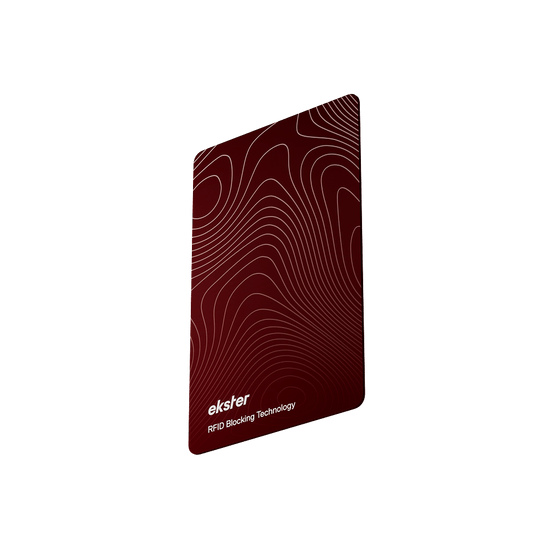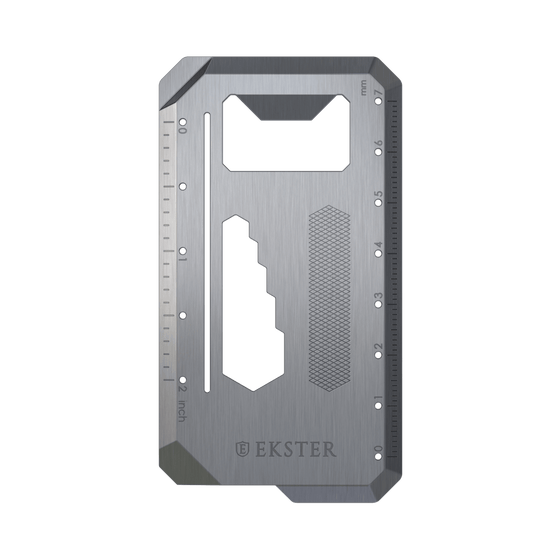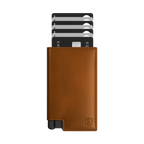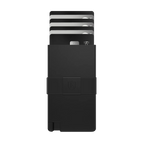Redesigning Wallets for the Digital Age
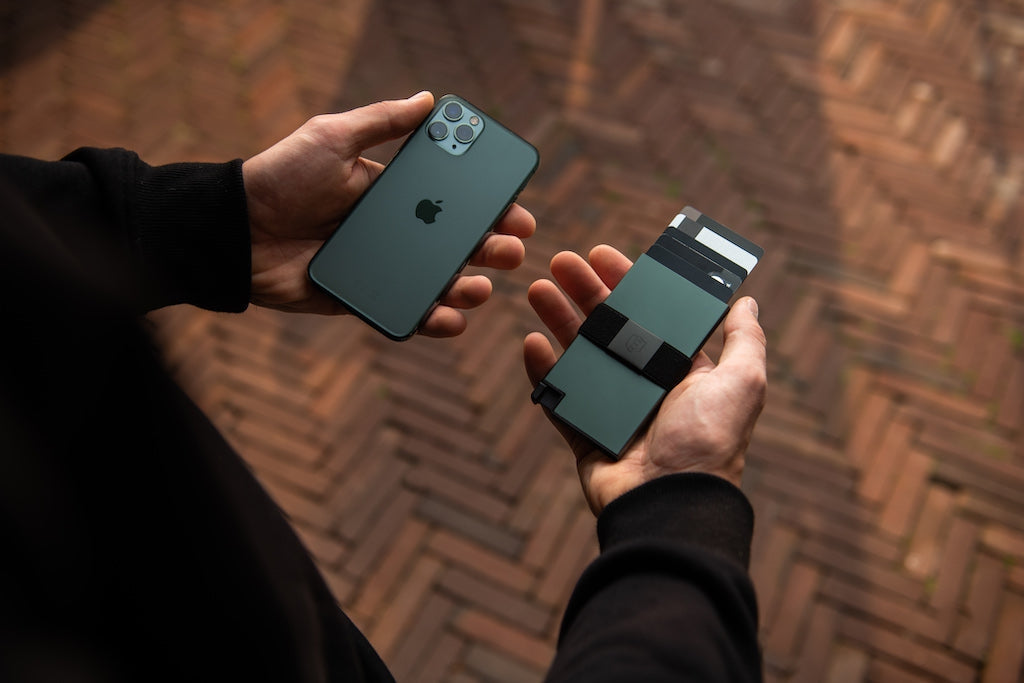
Redesigning wallets for the digital age, not to be confused with “digital wallets” like apple pay, has been the cornerstone of our mission here at Ekster since the beginning. Spurred by a shared desire for a more functional, minimalistic, and protective wallet, founders Olivier and Rick went through many prototypes before perfecting what Forbes has called, “the largest smart wallet brand in the world”. But in a time where the mere existence of wallets seems to be coming to an end, how does the 21st-century wallet stack up to the classics?

When we started Ekster back in 2016, we were just beginning to see the massive transition from a cash-based to card and digital payment-based economy. Now, 6 years later, digital payment systems, whether it be contactless cards or “digital wallets” like Apple Pay and Google Pay, are dominating major Asian countries like China and Japan and gaining definite traction amongst western countries as well. But while the most powerful tech companies are dead set on converting everyone to a cashless, cardless, and eventually wallet-less society, many people still need a place to carry cards and cash every day.

Wallets are probably the only accessory that everyone carries every day. But as we get closer to a cashless society, the way wallets look and perform is certainly evolving. Redesigning wallets for this particular moment has brought about several key characteristics. Whereas the “normal wallet”, meaning a classic bifold, has a main pocket for cash and smaller pockets for cards and coins, the modern wallets of the digital age have a minimalist, card-focused design.
Our Ekster wallets, named “the world’s best smart wallet” by Forbes, were some of the first modern wallets to really perfect a design that meets the needs of the modern wallet holder. Centered around an aluminum cardholder that offers fast-card access at the click of a button, Ekster wallets hold 1-15 cards, depending on the model, and offer RFID protection.
Besides a minimalist profile, the 21st-century wallet puts a lot of importance on greater functionality. When thinking of what a classic bifold can do, only one thing comes to mind, physically hold money. There are little to no additional features that one would associate with the classic wallet, whereas in comparison, the modern wallet has many. Besides fast-card access, RFID protection, and a minimalist profile, 21st-century wallets integrate technology in order to make wallets fully trackable.
The Tracker Card, which can be paired with any Ekster wallet or accessory, is a credit-card-shaped device that pairs with your smartphone so you can track it anywhere, anytime, on a map. And if you thought that was smart, the creators of the Tracker Card also included special features designed precisely for the situations you may encounter when looking for your wallet. Using the “ring” button in the app, users can command their wallet to emit a ringing noise, on the off chance their wallet is under the couch, at the back of the closet, or hidden in a pair of pants.
While the digital wallet age may be fast upon us, there’s still a majority of people who need to carry physical cash and cards every day. And since the classic bifold isn’t cutting it anymore, the modern wallet revolution is probably here to stay. When you upgrade to a minimalist modern wallet, you’re removing a huge amount of bulk from your pockets, getting fool-proof protection from wireless theft, and removing the possibility of ever losing your wallet again.
